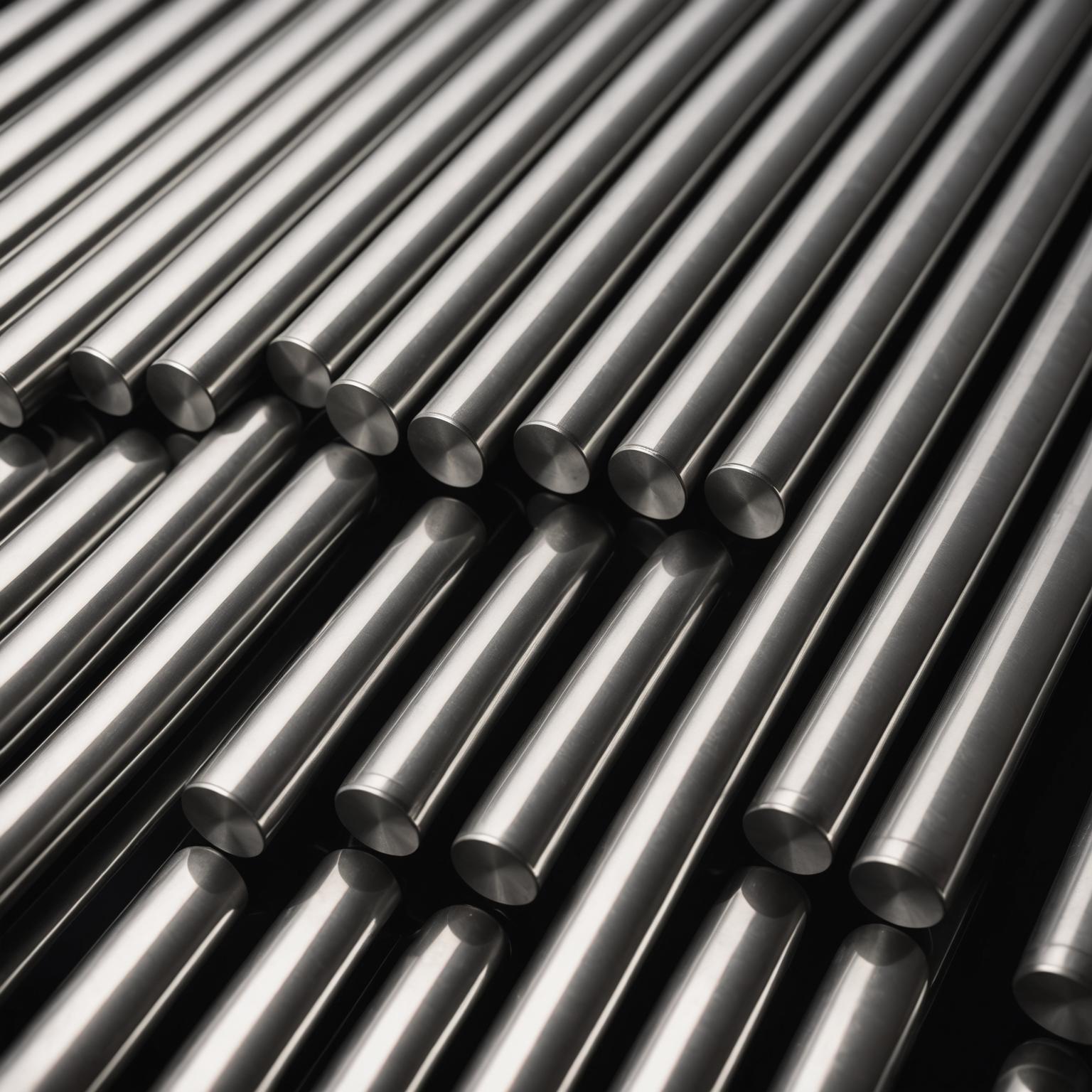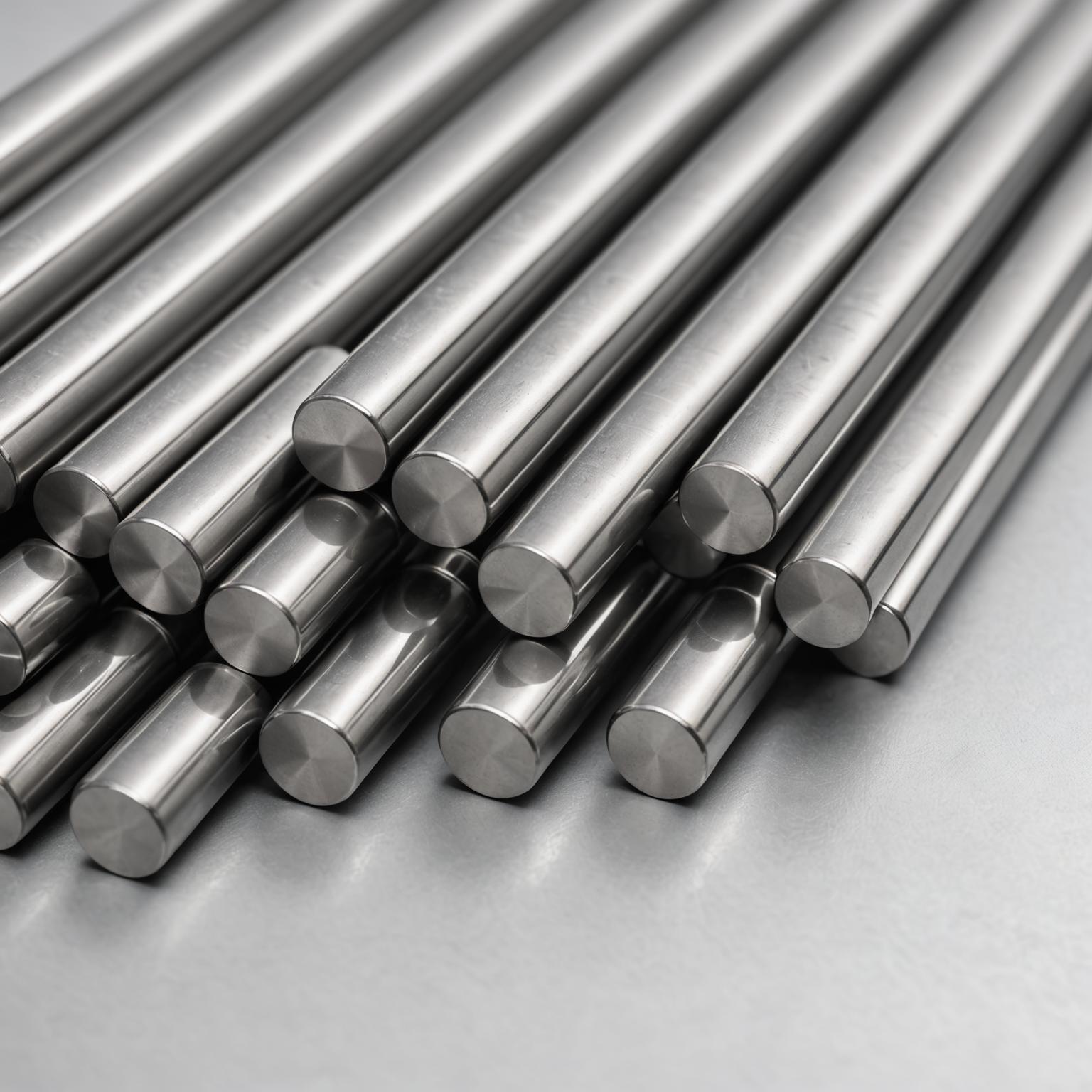Stainless steel plates are widely used in construction, industry, home furnishing and other fields, but the quality in the market is uneven, and inferior products are prone to rust and deform, affecting their service life. So, how to distinguish the quality of stainless steel plates? This article will introduce 5 professional methods to help you easily identify high-quality stainless steel plates and avoid procurement mistakes.
1. Check the material logo (304, 316, 430, etc.)
Key Points:
-
304 stainless steel: The most common, has good corrosion resistance and is suitable for most environments (such as kitchenware, decoration).
-
316 stainless steel: contains molybdenum (Mo), has stronger corrosion resistance, and is suitable for harsh environments such as marine and chemical industries.
-
430 stainless steel: low cost, but prone to rust, and is only suitable for dry environments or short-term use.
How to check?
✅ Regular manufacturers will mark the surface or packaging of steel plates (such as "SUS304").
❌ Unmarked or unclear products may be inferior or non-standard products.
2. Observe the surface treatment process
The surface of high-quality stainless steel plate should be smooth and uniform, without defects:
| Surface Type | Quality Standards | FAQ |
|---|---|---|
| Mirror Panel | High reflectivity, no scratches or water ripples | The surface is foggy and wear marks |
| Brushed board | The texture is uniform, without breaking marks or color difference | Married lines, oxidized and yellowed |
| Sandblasting board | The sand particles are delicate and the touch is consistent | The particles are rough and easy to fall off |
Detection method:
-
Watch in light for concave, scratches or oxidative spots.
-
Touch with your hands to feel whether it is flat and free of burrs.
3. Magnetic testing (applicable to some materials)
Misconception:"Stainless steel must not be magnetic!"
Truth:
-
304/316: Weak magnetic or non-magnetic (maybe slightly magnetic after cold working).
-
430: It has strong magnetic properties (ds due to high iron content).
Test method:
Use a magnet to approach the stainless steel plate:
-
If the adsorption force is strong, it may be 430 or inferior 201 material (prone to rust).
-
If weak or non-magnetic, it is more likely to be 304/316.
4. Chemical reagent testing (professional methods)
Manganese content test (difficult to 201 and 304):
-
201 stainless steel contains higher manganese (5.5%-7.5%), is low in cost but is prone to corrosion.
-
304 stainless steel contains manganese ≤2%, which is more rust-resistant.
Operation steps:
-
Purchase stainless steel testing potions (available on e-commerce platforms).
-
Drips on the surface of the steel plate, wait for 3-5 minutes:
-
Red red → high manganese (probably 201).
-
No color change → low manganese (probably 304).
-
5. Simple test of corrosion resistance
Easy family method:
-
Balt spray test:
-
Soak the stainless steel plate in 5% brine for 24 hours.
-
High-quality steel plates should be free of rust spots, and inferior products will show rust.
-
-
Acne test:
-
Drip white vinegar or lemon juice to see if it changes color.
-
Products with poor acid resistance will darken or cause corrosion points.
-
The characteristics of common inferior stainless steel plates
❌ The surface has black spots, sand holes or cracks
❌ There are many burrs on the edges, and the cutting is not flat
❌ The thickness is not up to standard (actually thinner than nominal)
❌ The price is far lower than the average market price (maybe it 201 impersonation 304)
Purchase suggestions: Choose a reliable supplier
-
Request a material report: Require a third-party inspection certificate (such as SGS).
-
field inspection: Check factory production process and inventory quality.
-
Small sample testing: Order samples for testing first and then purchase in batches.
Summary
To identify the quality of stainless steel plates, you need to comprehensively look at the marking, surface view, magnetic properties, test components, and test corrosion. It is recommended to choose 304 or 316 materials first and identify regular manufacturers to avoid affecting the use effect due to greed for cheapness.
Require high-quality stainless steel plates? Welcome to contact us for professional material selection suggestions!







